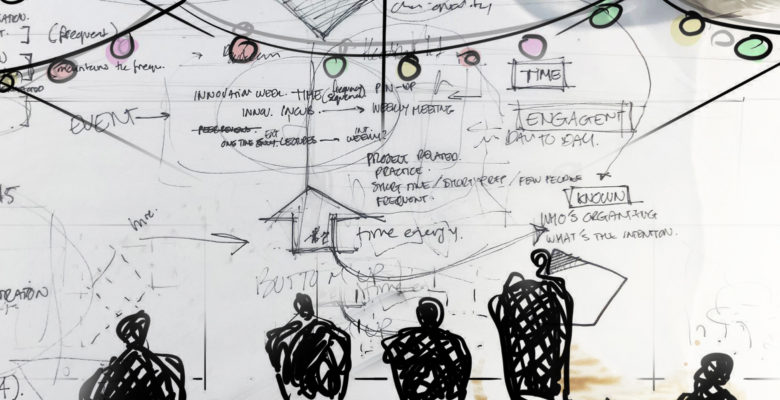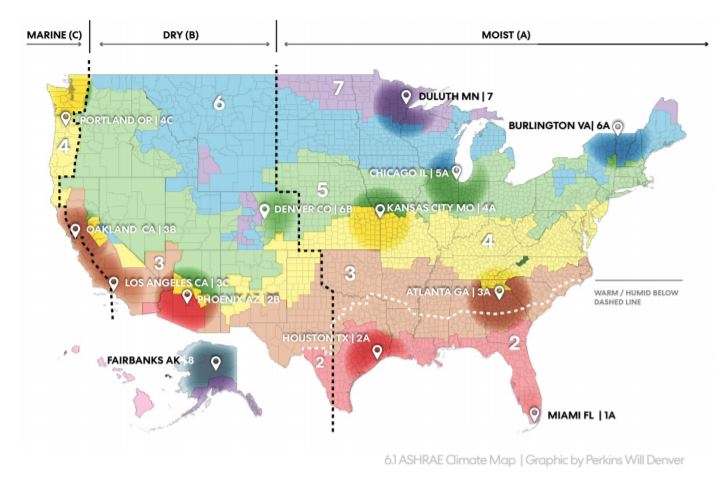The Future of Arena Design
By Corey Stinson, Alex Kendle, Richard, Pitts, and Mary Claire Hoven
Arenas are large, expensive, non-continuously-used, energy-intensive luxuries. To date, there have been no arenas built that meet any definition of “zero net energy building.” How do we move beyond the AIA 2030 Challenge, and design ecologically sustainable Net Zero energy Arenas? While our firm has generally made great progress towards meeting the 2030 goals, strategies for achieving the necessary reductions depend to some degree on the building typology. Within the sports, recreation, and entertainment segment of the firm portfolio, arenas represent a particularly challenging problem compared to other sports, recreation, and entertainment projects due to their size, enclosed volume, program, and typical usage patterns.
While this research seeks to develop strategies that ultimately lower the operational energy in arenas, we also investigate the nature of the embodied carbon that goes into arenas where carbon refers to lifecycle greenhouse gas emissions. Critically, we maintain focus within the footprint of the arena in order to promote ideas and strategies that we, as designers, can directly control. This research focuses on the Zero Net Energy and Zero Net Carbon directly related to the design and construction of a typical mid-size arena that constitutes the bulk of the projects undertaken by the Sports, Recreation and Entertainment group at Perkins&Will.


